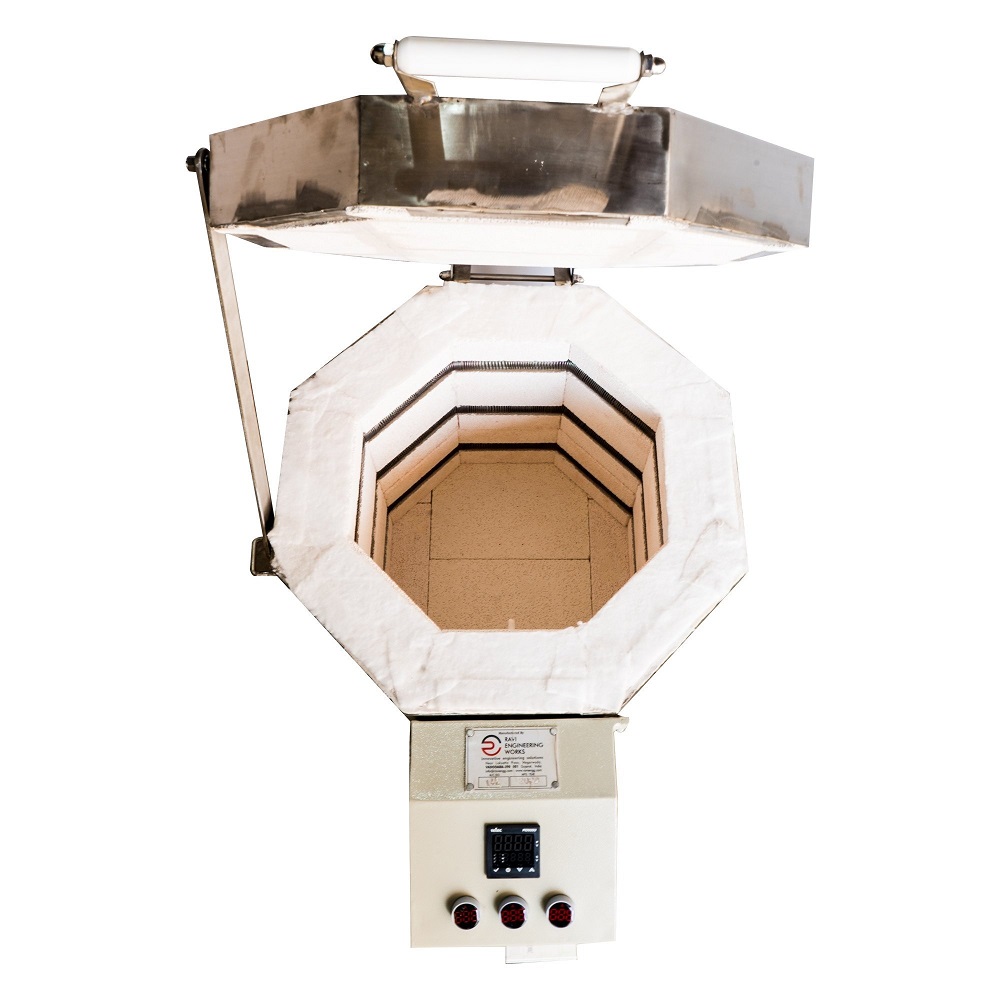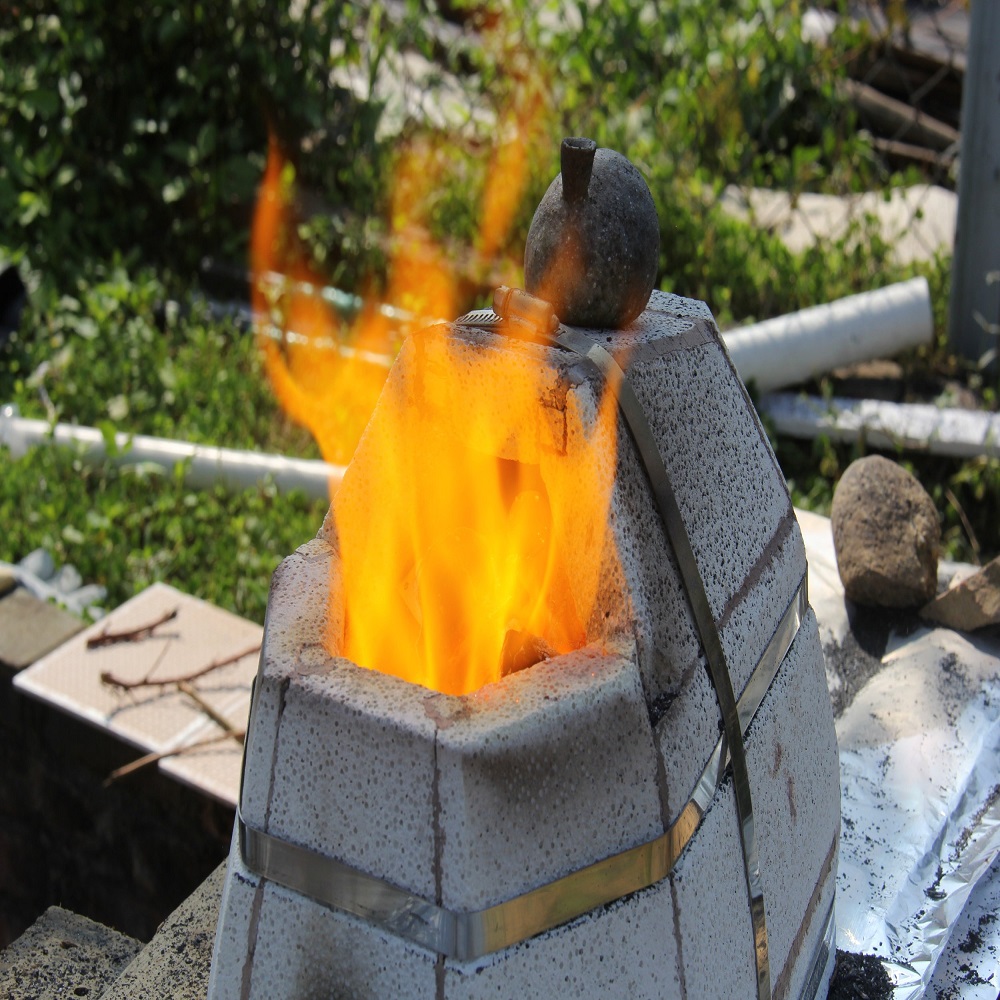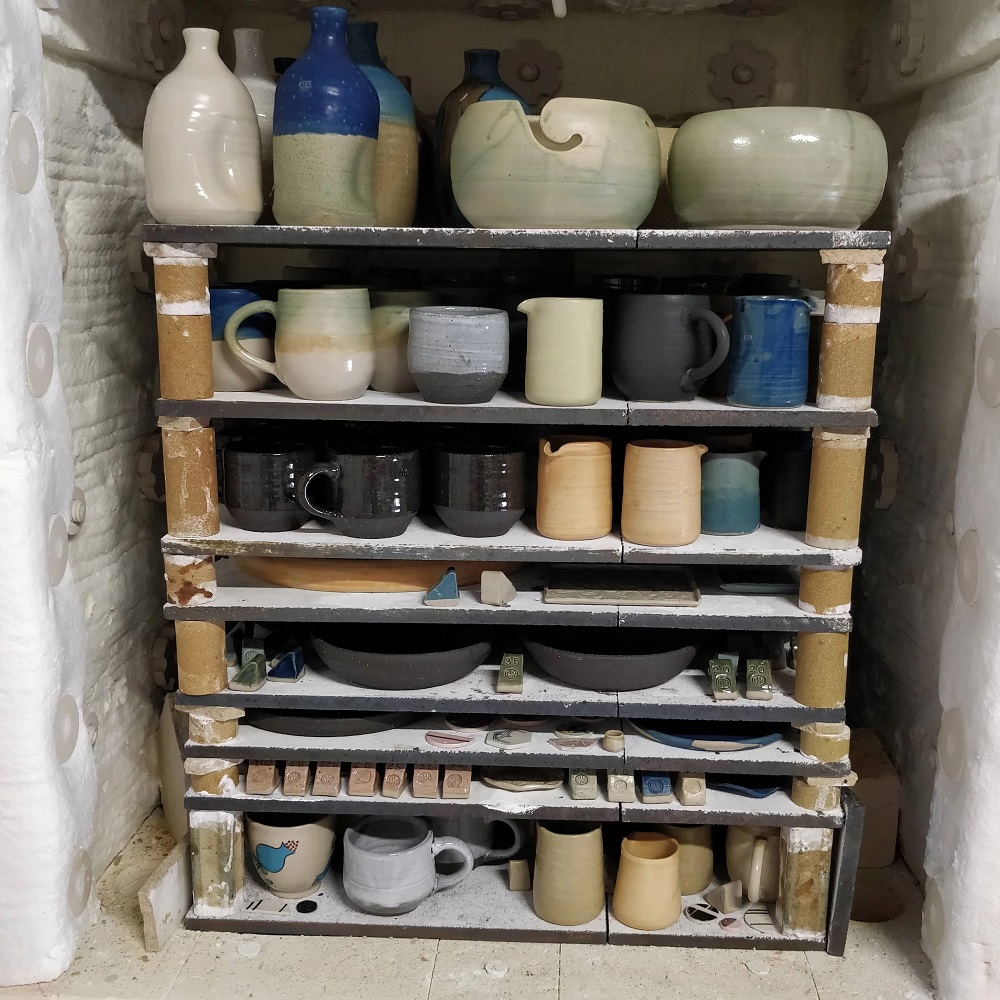Essential Types of Ceramic Kilns
Choosing the right type of kiln for ceramics is key to achieving the best outcomes in your ceramic projects. Each type has its own characteristics suited for different processes and results.
Electric Kilns
Electric kilns are popular due to their convenience. They offer precise temperature control, making it easier to achieve consistent results, which is particularly important for beginners. They operate on electricity and are ideal for both small studios and educational settings.
Gas Kilns
Gas kilns are valued for their ability to create unique atmospheric effects. They use either natural gas or propane as fuel and allow artists to experiment with reduction firing, where the reduction of oxygen can produce stunning glazes.
Wood-Fired Kilns
Wood-fired kilns provide a traditional and organic approach to firing ceramics. The wood flame and ash contribute to the aesthetic of the final piece. These kilns create an unpredictable and unique surface treatment that can’t be replicated in other kiln types.

Key Features of Modern Ceramic Kilns
Modern ceramic kilns include features that meet the diverse needs of ceramic artists and improve the firing process. These improvements enhance control, efficiency, and the overall quality of ceramic pieces.
Programmable Temperature Controls
Programmable temperature controls are essential in modern kilns for ceramics. They allow artists to set precise firing schedules. The kiln can automatically ramp up or down at set rates. This ensures a consistent firing atmosphere. It’s ideal for complex glaze developments and delicate materials.
Energy Efficiency Advancements
Energy efficiency is a priority in today’s kiln designs. The latest models include better insulation and more efficient heating elements. These reduce energy consumption and operating costs. Some kilns recycle heat, further cutting down on energy use.
Durability and Material Innovations
Durability is crucial for long-term use. Modern kilns are made with advanced materials that withstand high temperatures. This results in less wear and tear. Better coatings protect kiln elements and interiors from corrosive compounds, extending their life.
Preparing Your Ceramics for Kiln Firing
Before you fire your ceramics, prepare them carefully to ensure the best results. Proper preparation prevents defects and improves the quality of your pieces.
Bisque Firing Essentials
Bisque firing is the first step in the ceramic firing process. It turns your clay object into a durable, porous piece. This stage is crucial. It removes all moisture and organic material from your clay. Start with bone dry pieces to avoid explosions. Heat slowly to allow chemical water to escape. Your kiln for ceramics should reach a temperature of about 1830°F (1000°C) for bisque firing. This creates a perfect canvas for glazing.
Glaze Firing Techniques
Glaze firing is the second stage, where you apply and set the glaze. Apply glaze evenly to bisque-fired ceramics. Prevent drips for a smooth finish. Use your kiln for ceramics to reach the glaze maturing temperature. It varies depending on the glaze and clay body. The temperature typically ranges from 1828°F to 2345°F (998°C to 1285°C). Control your firing environment to affect glaze outcome. Experiment with hold times at peak temperature to deepen glaze effects.

Safety Measures for Ceramic Kiln Operation
Working with a kiln for ceramics requires adherence to safety protocols to protect oneself and the working environment. These measures are critical as they prevent accidents and promote a healthier workspace.
Ventilation and Fume Extraction
Proper ventilation is pivotal in any kiln area. It ensures the extraction of toxic fumes that can arise during firing. Install exhaust systems that pull fumes away from the workspace. Also, make sure that the kiln is located in a well-ventilated room with fresh air supply. Monitor the ventilation to keep fume levels low.
Heat Protection and Equipment
Kilns generate high temperatures that can pose a burn risk. Use heat-resistant gloves and wear long sleeves to minimize exposure to heat. Ensure you have a thermal barrier, like a heat shield, between the kiln and any combustible materials. Also, keep a fire extinguisher nearby in case of emergencies. Always follow the manufacturer’s guidelines for operating the kiln safely.
Advanced Firing Techniques and Tips
To master the art of ceramic creation, understanding and applying advanced firing techniques can elevate your work.
Experimenting with Firing Temperatures
Playing with firing temperatures in your kiln for ceramics can lead to exciting discoveries. Start by slightly varying temperatures. Record the outcomes to understand their impact on glazes and clay bodies. Small adjustments can create big differences in colors, textures, and finishes. Remember, safety comes first. Always monitor the kiln to prevent overheating and potential damage.
Creating Special Effects
Special effects in ceramics garner attention. Utilize techniques such as flashing, where the atmosphere inside the kiln changes quickly, to alter the final look. Try applying different materials like salt or soda which react at high temperatures and form unique surfaces. There’s no limit to experimentation. But do so methodically to replicate successful effects in future projects.

Maintaining and Troubleshooting Your Kiln
To extend the life of a kiln for ceramics and ensure its optimal operation, a regular maintenance schedule is critical. By keeping up with maintenance, you can prevent many of the common issues that arise with kiln use.
Regular Maintenance Schedule
Regularly inspect your kiln for any signs of wear or damage. This includes checking the kiln’s exterior for cracks or any other structural issues that could impact performance. Key tasks to include in your maintenance routine are:
- Vacuuming the interior to remove any debris that could catch fire or affect the firing atmosphere.
- Checking the kiln’s elements for damage, such as warping or cracks, and replacing them as needed.
- Inspecting the thermocouple, which measures temperature, to ensure accurate readings.
- Examining the kiln’s lid, floor, and walls for any signs of cracks or damage.
It’s a good practise to perform a detailed check-up after every few firings to address any potential issues before they worsen.
Identifying Common Kiln Issues
Even with meticulous maintenance, kilns can develop problems over time. Being able to identify common kiln issues quickly can save you from extensive repairs. Some issues to look out for are:
- Uneven heating, which might indicate damaged elements or issues with the power supply.
- Difficulty reaching high temperatures, often due to worn elements or a failing thermocouple.
- Error messages on programmable controllers, which can suggest a variety of problems. Consult your kiln manual to decode these messages.
When troubleshooting, start with the most straightforward solutions, such as checking for loose connections or verifying the power supply. Keeping a log of firings, including any issues encountered and solutions applied, can be invaluable for diagnosing problems and preventing them in the future.
The Future of Ceramic Kilns and Emerging Technologies
Looking ahead, the evolution of ceramic kilns is gearing towards enhancing the efficiency and experience of artists. Technological advancements are at the forefront of these changes.
Automation in Kiln Operation
Automation is revolutionizing the way ceramic kilns operate. Modern kilns are now adopting features that allow for self-regulation. These features include automatic temperature control and self-monitoring systems. Artists can now focus more on their craft rather than kiln monitoring. Automated kilns adjust temperatures to match precise firing curves. They also respond to the unique properties of different clay and glaze combinations. This reduces errors and improves consistency of outcomes.
Safety is also improved with automation. Kilns can now shut off automatically if they detect a safety issue. This feature gives artists peace of mind, knowing that their workspace and creations are protected.
Environmental Impact and Sustainable Practices
Sustainability is a critical concern in the field of ceramics. Kiln designers are now focusing on reducing the environmental footprint of firing. New kiln models are being developed with energy conservation in mind. Innovations include better insulation and advanced materials that retain heat more effectively. These designs lower energy consumption and expenses.
Beyond energy-saving features, there is a push for using renewable energy sources. Some kilns are now compatible with solar panels. This reduces reliance on fossil fuels. The aim is to create a balance between artistic expression and environmental responsibility.
Emerging technologies are making it possible for ceramic artists to work smarter. These technologies are aligned with environmental conservation. The future of ceramic kilns is bright, with a focus on innovation and sustainability. Artists and manufacturers alike are striving for kilns that offer greater control, are cost-effective, and have a minimal environmental impact.